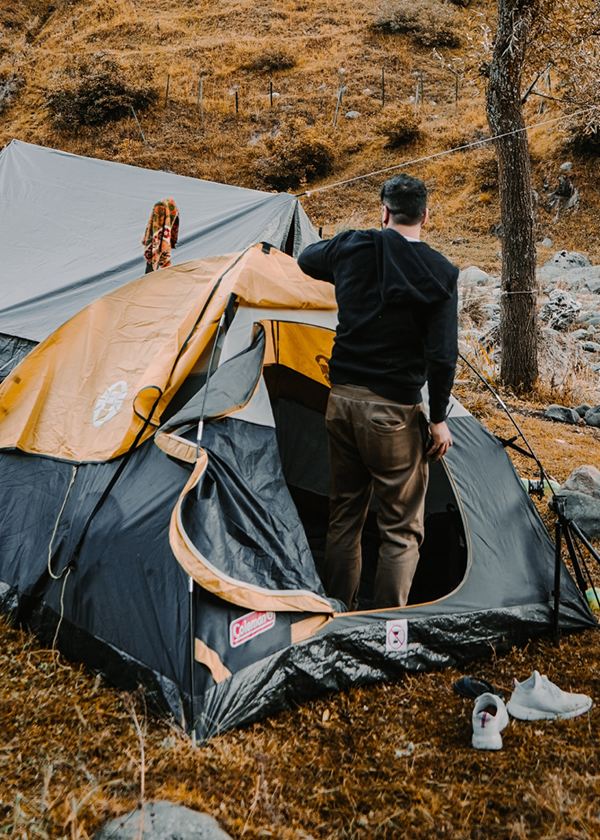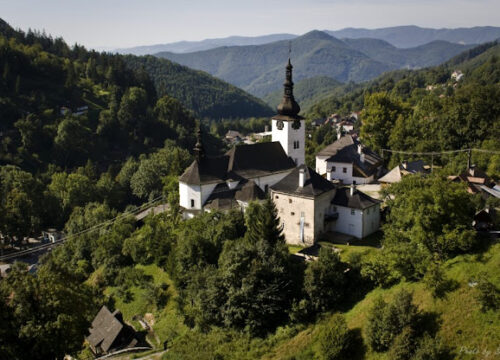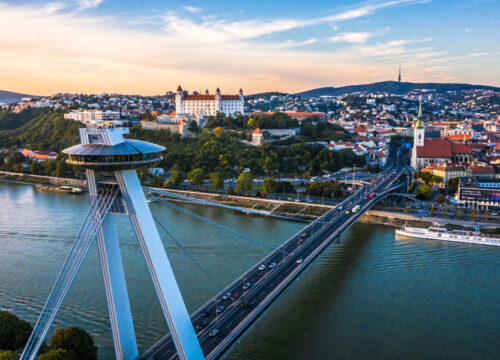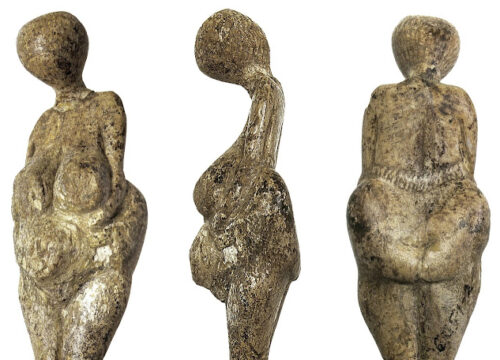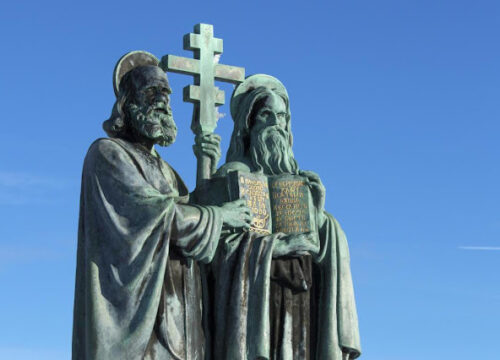For Great Adventure
and the Pyrenees, complete with iconic villages. Navigate the wild rivers
of the southern French Alps while discovering beautiful landmarks
and creating unforgettable city break moments.
For Great Adventure
Discover Venice's enchanting canals, savor Tuscan cuisine and wines in Florence,
and explore ancient ruins and Vatican treasures in Rome.
Join us for an unforgettable adventure celebrating Italy's rich heritage.
For Great Adventure
Enjoy hiking in the stunning valleys of Cappadocia, go horseback riding along picturesque trails,
or try exciting water sports along the coast.
For Great Adventure
England, Scotland, Northern Ireland, and Wales. Among these gems are breathtaking escapes
nestled in the remote Scottish Highlands, where rugged mountains and serene
lochs create an idyllic backdrop for outdoor enthusiasts.
For Great Adventure
Picture unique castles perched on scenic hills, ready to share their rich histories, alongside mysterious
caves that invite adventure seekers to explore their hidden depths
For Great Adventure
once known as the “Paris of the East,” the mighty Danube River, and flat countryside with rolling
hills in the distance, paint a unique picture of this country's beautiful landscape.
Discover & Explore Real Tourism, Tour And Travel Offers
Real & Trusted Travel Offers
Choose your ideal package or chat with us to share your specific needs let's find the perfect fit for you!
Call Our Agent
+44 / 7577 447 393
Walking & Hiking
This is a broad term which often refers to the activity of traversing on foot through natural landscapes, such as wilderness or rural areas.
Relax & Holiday
A holiday is a designated day or period allocated for festivities or leisure activities with the family, partner or friend for the purpose of relax.
Discover & Explore
It is a distinctive opportunity for introspection, allowing individuals to gain a deeper understanding of their desires or confront their fears
Climbing & Mountains
This is an activity where participants climb up, down or across natural rocks or artificial rock walls where you are trying to reach the hill top
We Are Going Large For Tourism, Tour & Travel
Amazing Places
Around The World
Handpicking The Best Tour & Travels Adventures For U
Experience the thrill of exploring iconic destinations alongside local partners who are the absolute best in the business. With a professional tour guide at your side, you’ll uncover the most enchanting spots and a diverse array of attractions that will leave you in awe.
Get ready for a journey filled with excitement and discovery!
Safe Booking Process
SSL Transaction Protected
Dreaming and Inspiration
Researching and Planning
Decision Making
Choosing Travel Provider
Insurance and Safety
Experiencing and Enjoying
Sharing and Reviewing
We're Service Provider
For Tour & Travel
Each tough moment has provided us with invaluable experiences that have shaped our journey, and today, we are grateful for those lessons learned. Our company has adopted a dynamic new mindset focused on reaching new heights, expansion, and growth.
As we embark on this exciting chapter, we are poised to expand our horizons and embrace new opportunities in the travel industry.We firmly believe that this is the perfect moment to release the burdens of the past, to reflect on our experiences, and to transform those lessons into a foundation for a brighter and more resilient future.
It is advisable to consider several key factors prior to undertaking travel. These factors include the aspects of dreaming and inspiration, conducting thorough research and planning, making informed decisions and completing bookings, ensuring travel safety, fully experiencing and enjoying the journey, and engaging in sharing and reflection upon the travel experience.


